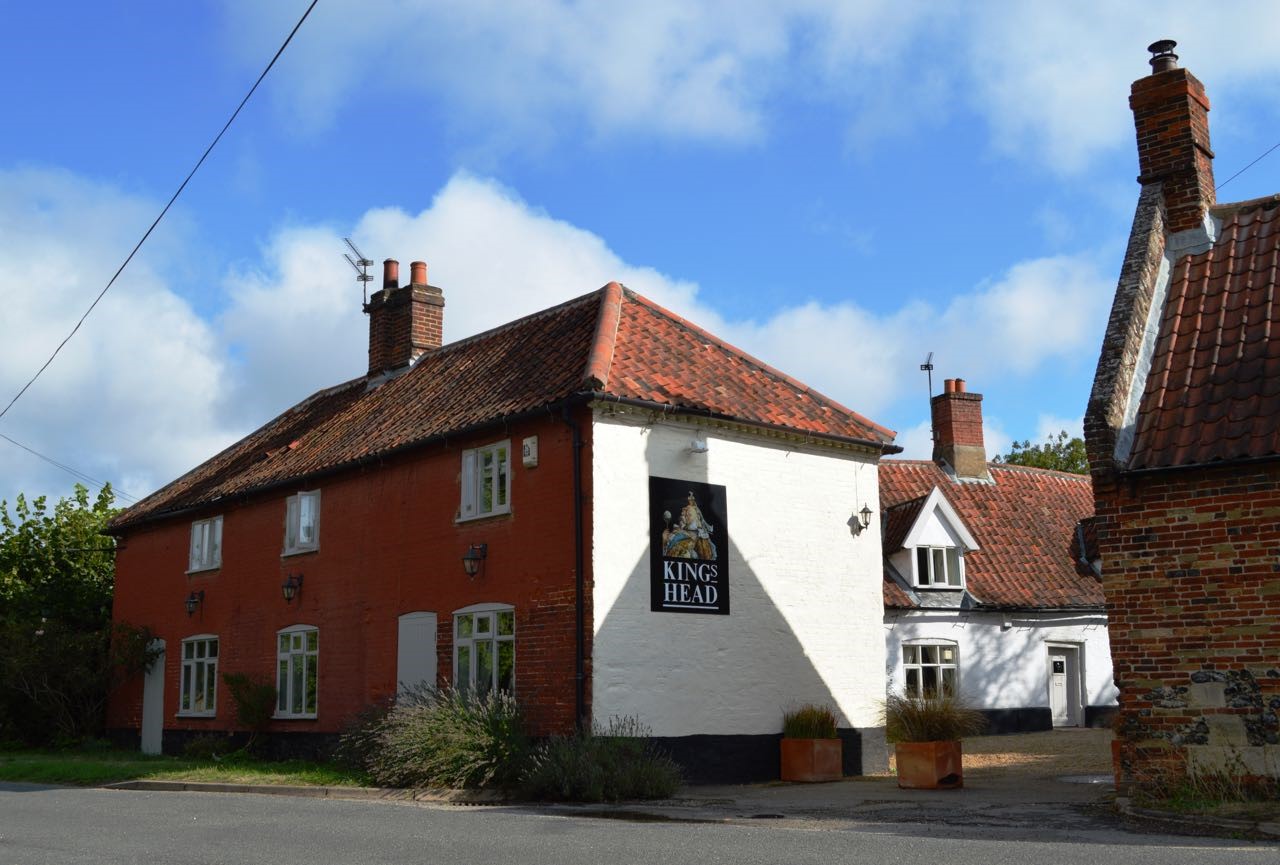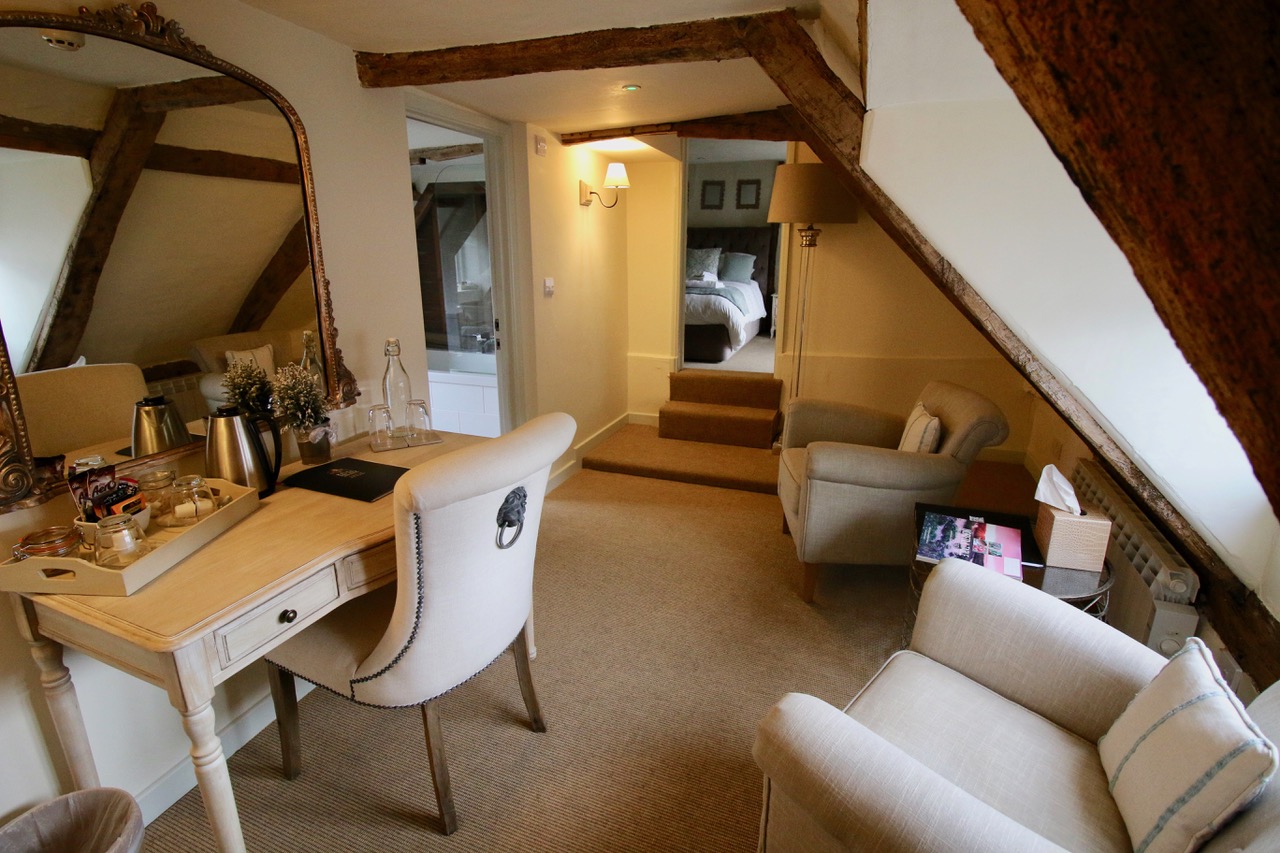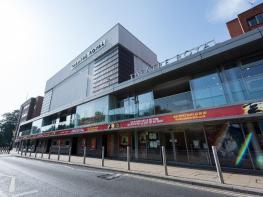Park Farm is an elegant Georgian farmhouse set in landscaped grounds surrounded by open…
Around Wymondham Abbey

Break your exploration of nature in a lovely market town.
5 miles (8kms)
About the walk
It is difficult to believe that peaceful Wymondham was once the site of a bitter dispute between its parishioners and the abbey's Benedictine monks. The two parties could not agree. They did not like the times when each other rang their bells and they did not like sharing the church. Matters came to a head in the 14th century, when the monks began to build a church tower, making it clear that this was going to be for their use only. In retaliation, in 1447, the townsfolk began to build their own tower – and then installed a peal of bells. The result is a church with two towers.
The dispute dragged on for many years and was only laid to rest during the Dissolution, when the abbey buildings were destroyed and the monks expelled by Henry VIII. The people of Wymondham were allowed to keep the nave of the church, although they had to pay handsomely for it. The chancel, where the monks prayed, was demolished.
Today, the abbey church of St Mary and St Thomas of Canterbury is well worth a visit. The first thing you notice is that the grand central tower is nothing more than a shell, with the great arch that once led to the abbey buildings open to the elements. This was the monks' tower, completed in 1409. It effectively divided the church in half, and left the parishioners staring at a blank wall, while the monks enjoyed the chancel. The east wall remained blank until the screen was erected in the early 20th century. Inside, the church is a delight. There are Norman arches in the nave and an angel roof, all drawing the eye forward to the gold extravaganza of the altar screen on the east wall.
This was designed by Sir Ninian Comper and was begun in 1919. Plans had been mooted as early as 1911, but fundraising was suspended because of the First World War. The monastery was originally founded in 1107 by William d'Albini, who also built the castle at New Buckenham and was Henry I's chief butler. The monastery was put under the stewardship of the great Benedictine abbey at St Albans. However, when the charters were drawn up, there was a certain amount of ambiguity about who had various rights, which led to the disputes of the 14th century. It became an abbey in 1448, the year after the parishioners started building their west tower.
Walk directions
Exit the car park on Market Street and turn left. To your right is the Market Cross (built in 1616) and now a tourist information centre. At the bottom of the road is Church Street, leading past the chapel of Thomas Becket, founded in 1174. It is now a public library. Go past the 14th-century Green Dragon pub and the Abbey Hotel, and around the corner to reach the abbey churchyard on the left.
Leave the abbey churchyard through the gate by the north porch and turn left onto Becketswell Road. Just before the level crossing, there is a gap in the hedge to your right, with a path leading to gates. These gates take you onto the Tiffey Trail, part of the Tiffin Valley Project, a conservation area where grazing pastures have been restored and managed using traditional methods. The trail runs as far as Chapel Lane so you could walk the length of this path if you have the time.
Turn back before you need to cross the river, retracing your steps. Pass Wymondham Abbey station (Mid-Norfolk Railway) and cross the road to Becketswell Nature Reserve. Walk through the reserve beside the river, and continue along a surfaced path beside new housing to arrive at a bridge.
Turn right along White Horse Street, then cross the B1172 and head for Cemetery Lane. Walk along the lane, passing the cemetery and prize-winning Wymondham railway station, to reach an industrial estate.
Cross the main road and head left of The Railway pub to pass under a railway bridge.
After passing a row of houses, look for a path on the left leading to The Lizard, a conservation area that derives its name from an old English word for open fields. A boardwalk takes you around the edge of the meadow to where steps lead up to a disused railway embankment. Turn right, walk along the embankment and descend more steps, and walk towards a gate.
Go through the gate and cross a meadow, parallel to the dual-carriageway to your left, turning right when you pass a second gate. The path leads along the hedge, then crosses the meadows and exits the nature reserve by a gate. Walk along the road to return to the railway bridge. When you reach the main road, turn right up Station Road to the traffic lights, then cross and walk along Fairland Street to the left of the green, back to Market Street and the car park.
Additional information
Town pavements, meadows, railway embankment and steps
Water-meadows, lovely old town and disused railway
Dogs must be kept on lead in reserves
OS Explorer 237 Norwich
Pay-and-display car park off Market Street in Wymondham
At car park
WALKING IN SAFETY
Read our tips to look after yourself and the environment when following this walk.
Find out more
Also in the area
About the area
Discover Norfolk
The North Norfolk Coast is designated an Area of Outstanding Natural Beauty and probably the finest of its kind in Europe. Here you’ll find a string of quaint villages and small towns – Holkham, Wells-next-the-Sea and Cley next the Sea are 21st-century favourites, while Sheringham and Cromer are classic examples of a good old-fashioned seaside resort where grand Victorian hotels look out to sea. Further round the coast you'll find Great Yarmouth, one of the most popular resorts in the UK and packed full of amusements, shops and seashore entertainment. And let's not forget Norwich, the region's only city.
Norfolk prides itself on its wealth of historic houses, the most famous being Sandringham, where Her Majesty the Queen and her family spend Christmas. Many of Norfolk’s towns have a particular charm and a strong sense of community. The quiet market towns of Fakenham and Swaffham are prime examples, as well as Thetford, with its popular museum focusing on the TV comedy series Dad’s Army which was filmed in the area.
Nearby stays
Restaurants and Pubs
Nearby experiences
Recommended things to do
Why choose Rated Trips?
Your trusted guide to rated places across the UK
The best coverage
Discover more than 15,000 professionally rated places to stay, eat and visit from across the UK and Ireland.
Quality assured
Choose a place to stay safe in the knowledge that it has been expertly assessed by trained assessors.
Plan your next trip
Search by location or the type of place you're visiting to find your next ideal holiday experience.
Travel inspiration
Read our articles, city guides and recommended things to do for inspiration. We're here to help you explore the UK.













